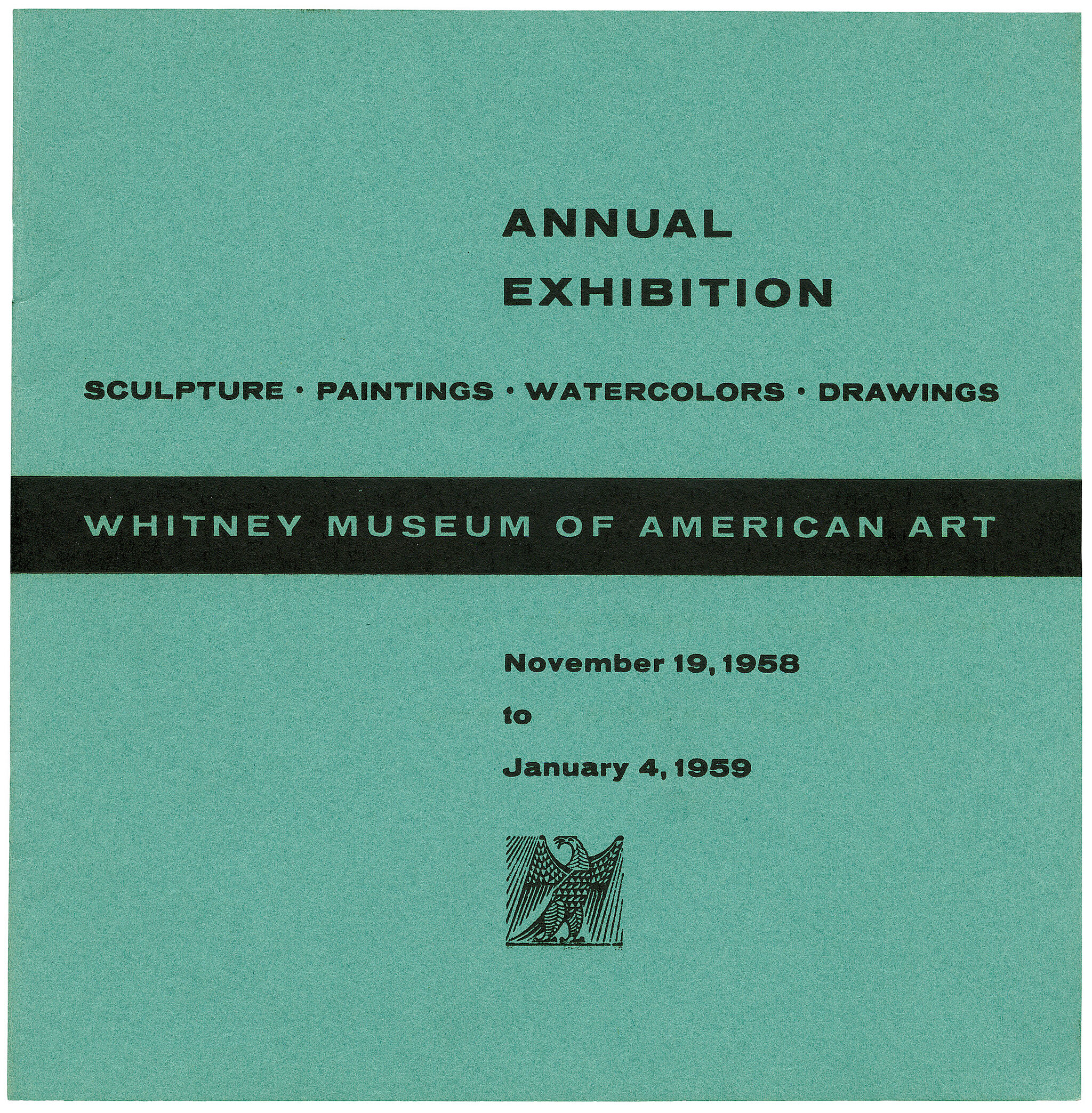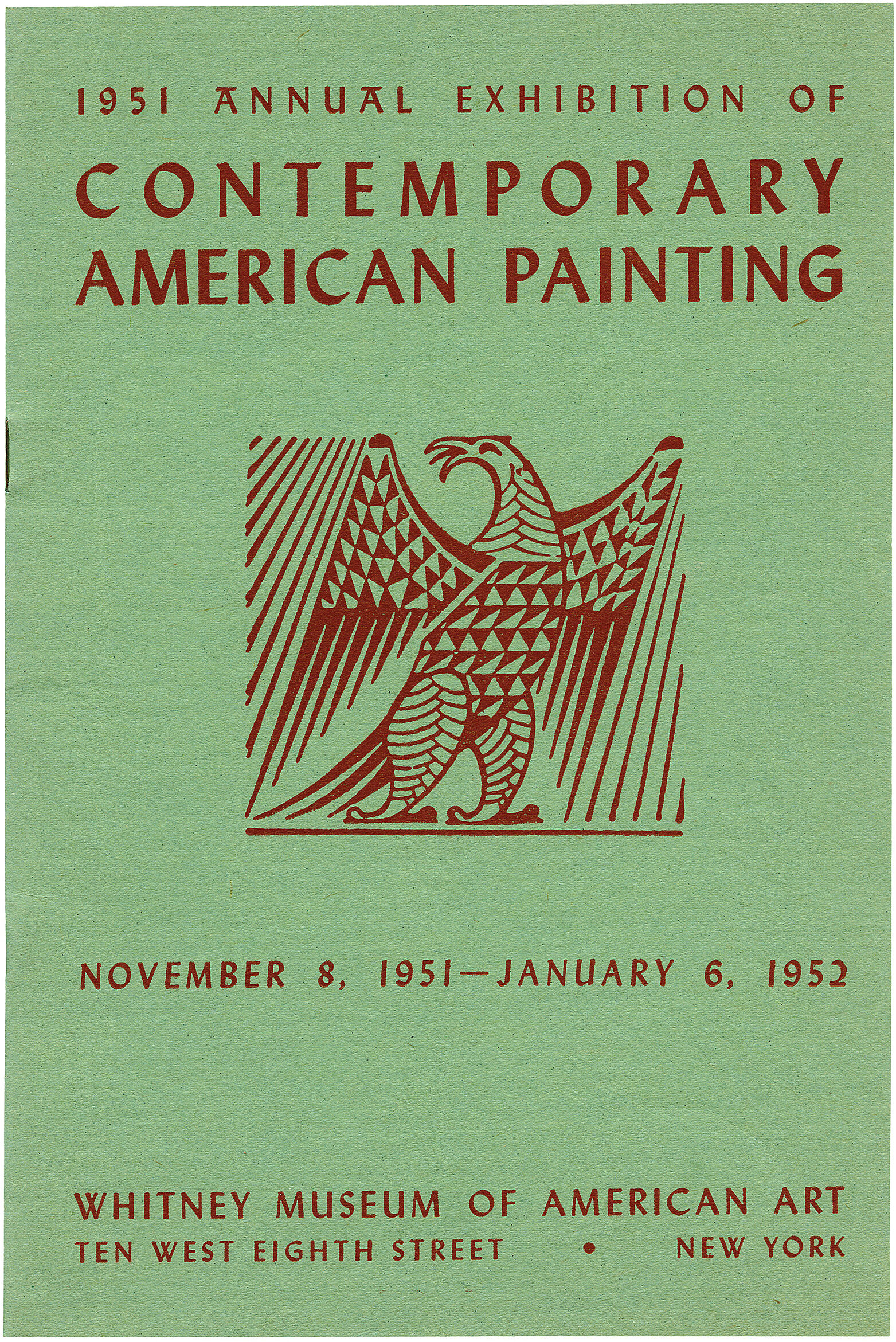Fritz Glarner
1899–1972
Introduction
Fritz Glarner (July 20, 1899 – September 18, 1972) was a Swiss-American painter. He was a proponent of Concrete Art movement and a disciple of Piet Mondrian.
Wikidata identifier
Q1466398
Information from Wikipedia, made available under the Creative Commons Attribution-ShareAlike License . Accessed December 22, 2025.
Introduction
American artist.
Country of birth
Switzerland
Roles
Artist, painter
ULAN identifier
500026961
Names
Fritz Glarner, Glarner
Information from the Getty Research Institute's Union List of Artist Names ® (ULAN), made available under the ODC Attribution License. Accessed December 22, 2025.













